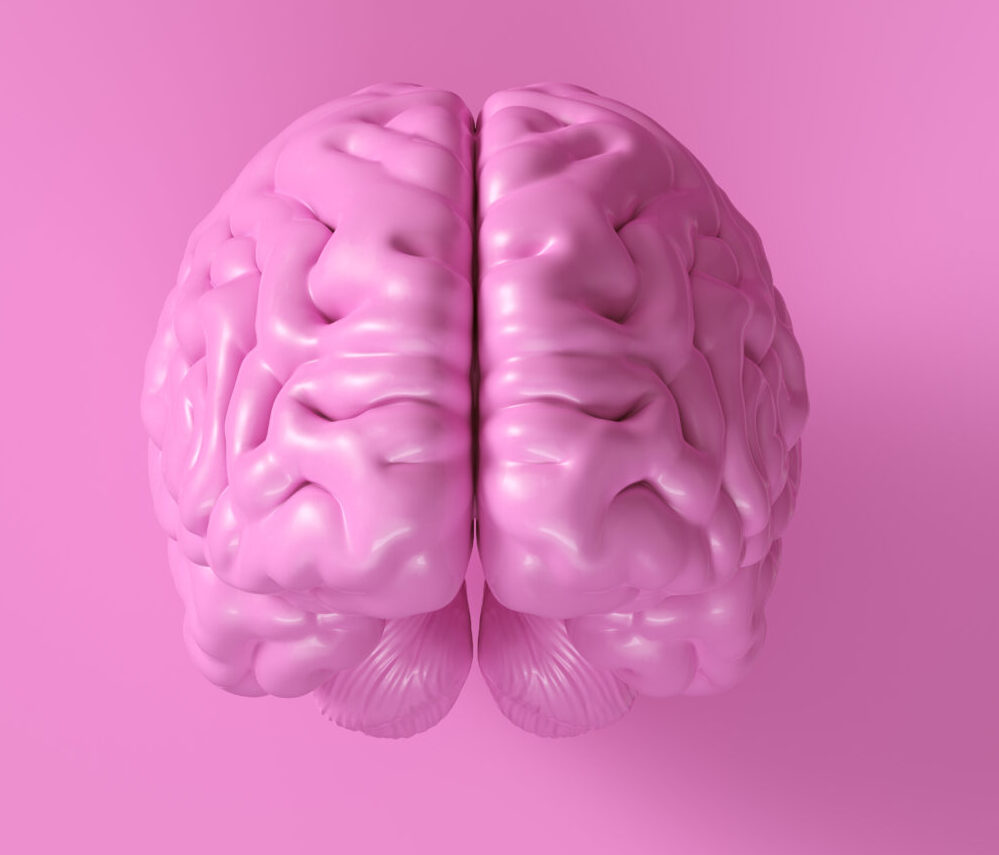Aneurysm and stroke are both serious health conditions that can greatly impact a person’s life. While they may sound similar, there are significant differences between the two that are important to understand. In this article, we will explore what aneurysm and stroke are, their causes, symptoms, and treatment options.
What is an Aneurysm?
An aneurysm is a weakening or bulging of a blood vessel wall, usually in the brain or along the aorta (the largest artery in the body). This weakening can cause the vessel to balloon outwards and can become very dangerous as it can potentially rupture or burst. There are different types of aneurysms, including cerebral aneurysms (in the brain) and aortic aneurysms (in the chest or abdomen).
Causes of Aneurysms
The exact cause of an aneurysm is not always known. However, there are some factors that can increase the risk of developing one. These include:
– High blood pressure: This is the most common risk factor for aneurysms. When blood pressure is consistently high, it can weaken blood vessel walls and make them more susceptible to bulging.
– Smoking: The chemicals in cigarettes can damage blood vessels and increase the risk of an aneurysm.
– Family history: Aneurysms can run in families, so if you have a close relative who has had one, your risk may be higher.
– Age: As we age, our blood vessels can become weaker and less elastic, making them more prone to aneurysms.
Symptoms of Aneurysm
In many cases, aneurysms do not cause any symptoms until they rupture. When this happens, it can result in a medical emergency. However, if an aneurysm is detected before it ruptures, some common symptoms include:
– Headaches
– Blurred or double vision
– Numbness or weakness in the face or limbs
– Difficulty speaking
– Loss of consciousness
– Seizures
– Neck stiffness
If you experience any of these symptoms, it is important to seek immediate medical attention.
Treatment for Aneurysms
The treatment for aneurysms depends on the size, location, and type of aneurysm. In cases where the aneurysm is small and not causing any symptoms, the doctor may recommend monitoring it closely with regular imaging tests. If the aneurysm is at risk of rupturing or has already ruptured, surgery may be necessary.
Surgical options for aneurysms include:
– Clipping: This involves placing a small metal clip around the base of the aneurysm to stop blood flow to it.
– Coiling: In this procedure, a tiny coil is inserted into the aneurysm, causing it to clot and block blood flow.
– Stenting: A small mesh tube (stent) is placed in the weakened artery to reinforce it and prevent rupture.
– Endovascular embolization: In this procedure, a small catheter is threaded through the blood vessels to the site of the aneurysm. Small coils or other materials are then used to block the blood flow and prevent rupture.
What is a Stroke?
A stroke occurs when there is a disruption of blood flow to the brain, either due to a blockage (ischemic stroke) or a burst blood vessel (hemorrhagic stroke). The lack of oxygen and nutrients to the brain can cause brain cells to die, leading to various neurological symptoms.
Causes of Stroke
The main risk factors for stroke are similar to those for aneurysms, including high blood pressure, smoking, family history, and age. Other factors that can increase the risk of stroke include:
– Diabetes
– High cholesterol
– Obesity
– Heart disease
– Physical inactivity
Symptoms of Stroke
The symptoms of stroke can vary depending on which part of the brain is affected and the severity of the stroke. Some common symptoms include:
– Sudden weakness or numbness in the face, arm, or leg, especially on one side of the body
– Trouble speaking or understanding speech
– Confusion
– Difficulty with balance and coordination
– Severe headache with no known cause
If you experience any of these symptoms, it is crucial to seek immediate medical attention as stroke requires urgent treatment.
Treatment for Stroke
The treatment for a stroke depends on its type and severity. In cases of an ischemic stroke, medication may be prescribed to break up blood clots and restore blood flow to the brain. Surgery may also be necessary to remove the clot or widen the blocked vessel.
For a hemorrhagic stroke, surgery may be needed to repair the burst vessel and stop the bleeding. Other treatments may include medication to control blood pressure and prevent further bleeding.
It is also important to receive rehabilitation after a stroke to regain lost abilities and prevent future strokes.
In Conclusion
Aneurysm and stroke are two distinct but related conditions that can have serious consequences if left untreated. While there are some similarities between them, it is crucial to understand their differences and recognize the signs and symptoms. Knowing the risk factors and seeking prompt medical attention can greatly improve outcomes for both aneurysm and stroke. With proper treatment and management, it is possible to lead a fulfilling life after experiencing these health challenges.

